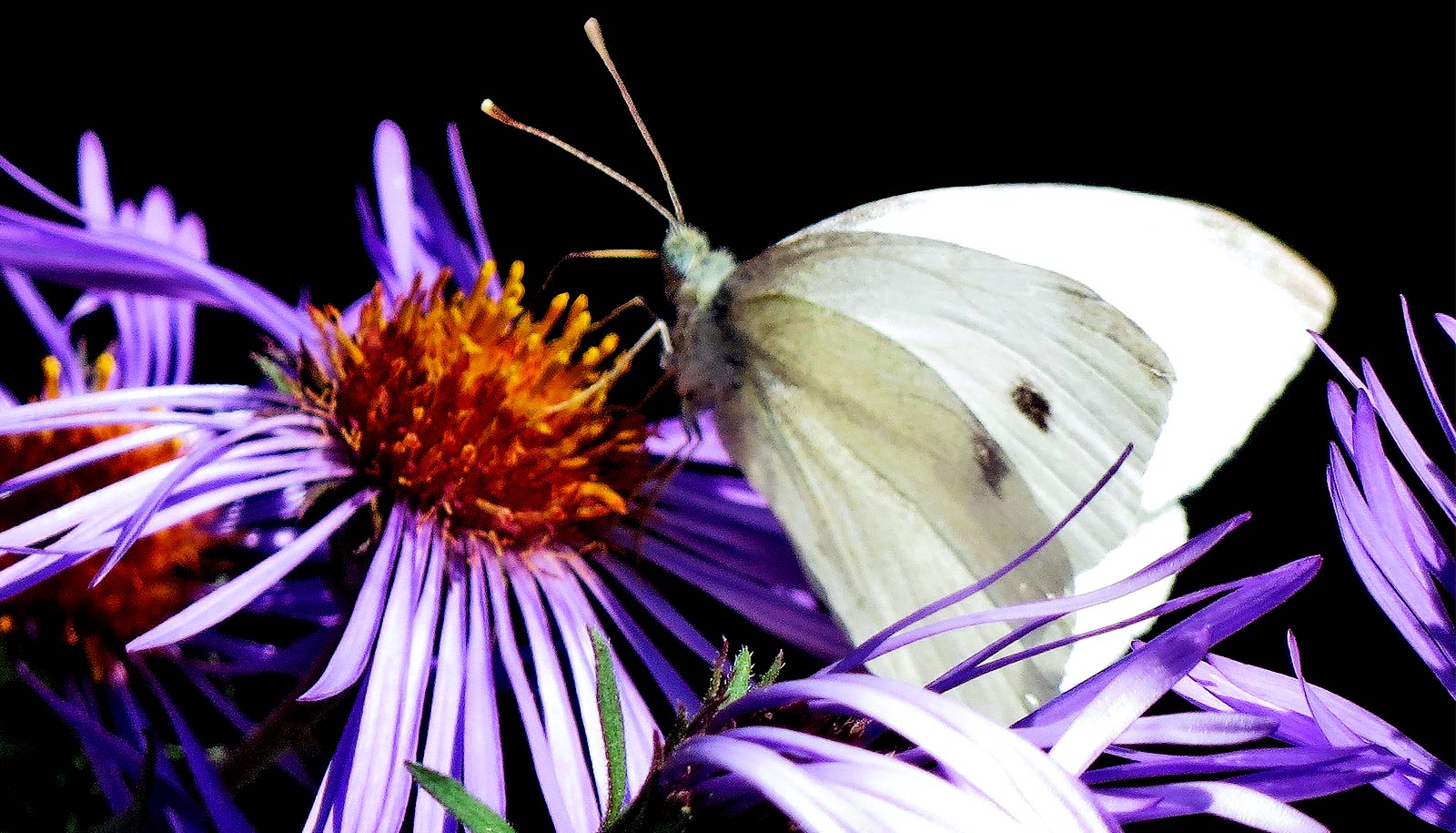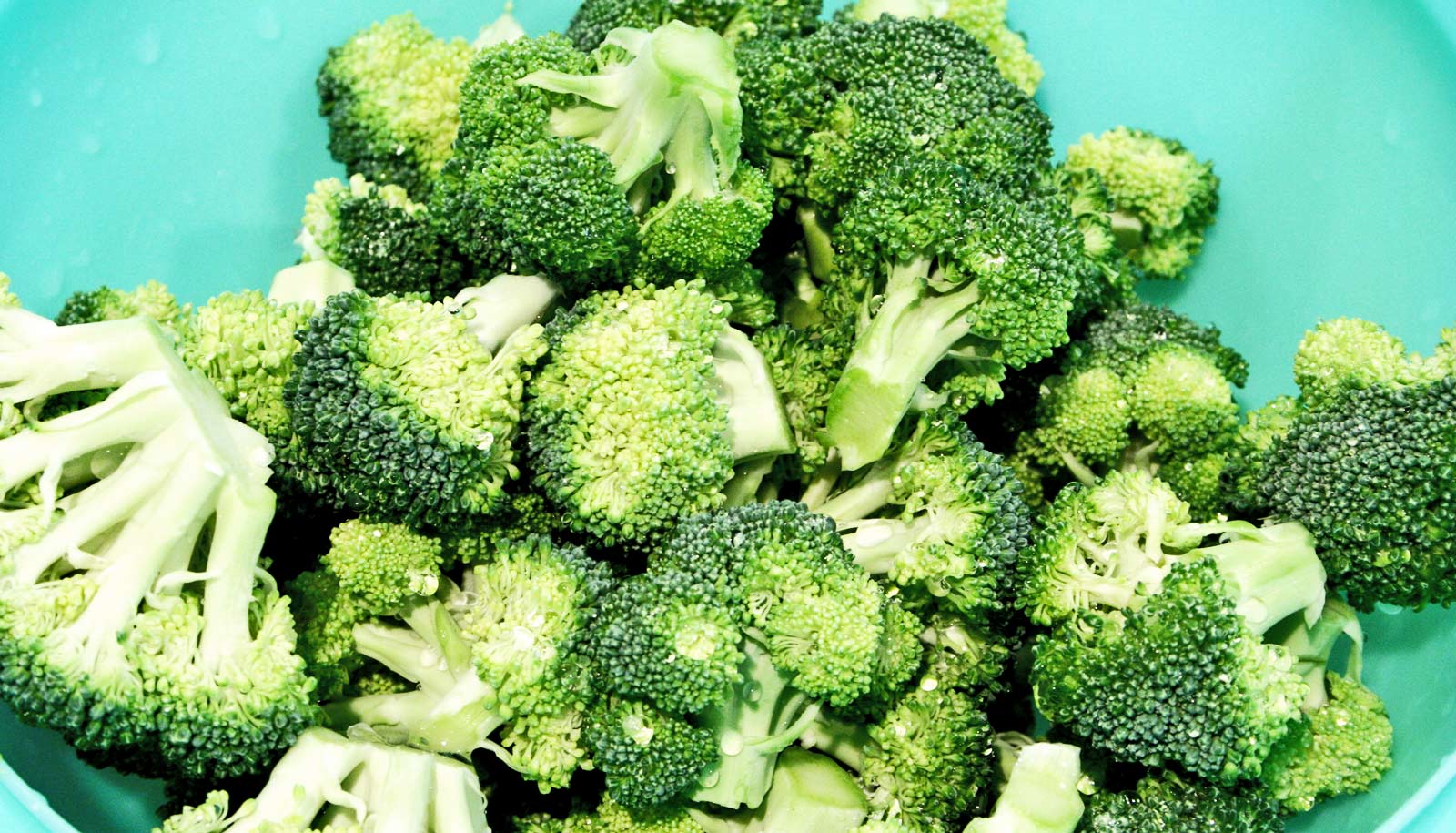Cabbage butterflies started trying to take over the planet millions of years before humans ever set foot on it, researchers report.
Their new study uses statistical methods to trace the path of ancient pierid butterflies as they diversified and their plant hosts fought back over and over again in a battle repeated across evolutionary history.
As the butterflies tried to conquer the world, plants threw resources into self-defense. Proto-broccoli and other brassicas got more bitter. Yet even as plants changed to deter chomping larvae, the Pieridae family butterflies were one of few insect groups that evolved to tolerate these new chemical defenses.
“Our study provides some of the first evidence that the structure that we observe in butterfly-plant networks today—that is, the way the species interactions are organized—is stable over millions of years, even though the species-level interactions change,” says Mariana Pires Braga, a postdoctoral research associate working in the laboratory of Michael Landis, assistant professor of biology at Washington University in St. Louis.
Braga is the first author of the new paper in Ecology Letters and Landis is the senior author.
Interaction between butterflies and plants
To model how butterfly-plant interactions evolve, Braga and Landis used previously published time-calibrated phylogenies for 66 Pieridae genera and 33 angiosperm (flowering plant) families known to be hosts of this kind of butterflies.
“Butterflies depend on host plants as their only food source when they are caterpillars, and caterpillars of different species are able to eat different plants,” says Braga. “These ecological interactions can be represented by a network—similar to a social network—that encodes which species interact.
“We also know that many of these relationships resulted from a long coevolutionary history shared between plant and insect lineages,” she says. “But without a time machine, we can’t directly observe who interacted with whom, what those interactions were and when they were gained or lost.”
To get around this time-machine problem, statistical models can be used to reconstruct, or infer, co-evolutionary history that occurred millions of years ago.
A major challenge is that there are billions and billions of histories that could have generated the complicated network of insect-plant interactions that are known to biologists. The new computational and statistical techniques assign probabilities to each history of network evolution so that the scientists can find the most probable ones.
What the researchers discovered with butterflies and the plants they choose to eat is somewhat akin to the “clumping” one might observe within a social network in a college or university, Braga explains.
Most interactions between people likely happen within departments. Biologists talk with biologists. This is true over a long time period, even though the individual people working and studying within each department changes over time.
“Pieridae-plant relationships might similarly be resilient to changes in species composition, but larger structural changes might destabilize the whole network,” Braga says.
Centuries of observations
Another important finding from the new paper is that butterflies often regain hosts they haven’t used for millions of years. “This means that they likely have a kind of ‘memory’ mechanism that increases the number of host plants they can choose from, which in turn increases their chances of survival,” Braga says.
The method that Braga and Landis developed for this research could prove useful for other scientists interested in investigating coevolutionary systems.
“A major component of our work involved the development of new computational tools that can be used by other researchers who study different types of ecological interactions,” Landis says. “Even though we developed these methods to understand how networks of interaction between butterflies and their host plants evolve, the same methods can be applied to a variety of biological systems.”
Examples include other kinds of crop pests and their hosts, or parasites responsible for spreading infectious diseases. Or systems that people consider more positive, like plant-pollinator networks.
In the case of cabbage butterflies and their hosts, these interactions have been happening for millions of years. This research work was only possible thanks to records that people have been writing down since Charles Darwin’s days.
“Much of our data concerning ecological interactions comes from centuries of field observations that have only been digitized in recent decades,” Braga says. “Approaches like ours are important to link the future of biology to its past.”
The scientists collaborated with researchers from Stockholm University and the Swedish Museum of Natural History.

